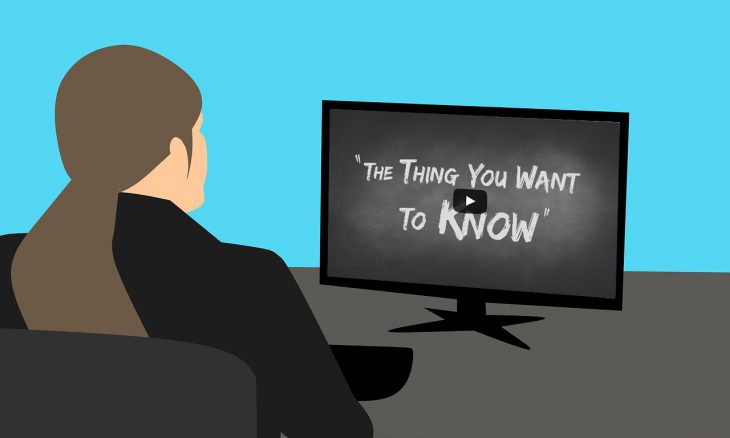Gartner, the leading supplier of categories to the Information Technology Industry, has come out with a new one: Buyer Enablement Tools. “Today’s buying journey isn’t just hard — it has reached a tipping point where it’s become nearly unnavigable without a significant amount of help,” according to Brent Adamson, principal executive advisor at Gartner. “Much like sales enablement, sales organizations must focus on what we call ‘buyer enablement’.”
Gartner research indicates that two-thirds of any B2B buying journey is devoted to “gathering, processing and de-conflicting information.” Customers appreciate suppliers who provide information that makes the buying process easier. “Buyer Enablement Tool” is not (yet) a Gartner Magic Quadrant category, but whether or not a piece of sales content fits into the category seems consequential to me now. If you start out to make content that makes the buyer’s job easier, you may well end up discovering new types of effective content that work for you.
Buyer Enablement Video
Take video, for example. What is a logical objective for a video designed for buyer enablement? It might not be “describe key features and benefits” — not all members of a buying team care about the same features and benefits. More targeted objectives might be:
- Clear up common misconceptions
- Answer a frequently asked question
- Show how easy it is to do an important task
- Explain why we think the way we do
- Provide reassurance on a key issue
If meeting objectives like these is really going to help out the buyer, you don’t want to keep her waiting. You’ll want your video to come to the point quickly, and stop there. The result of planning video productions like this will be a series of concise videos that can be widely shared — a very good thing if your sales process is complicated. And you’ll be building a library of short video content that is appropriate for sales enablement and account-based marketing programs.
Interactive Buyer Enablement Video
Some buyers will want a thorough understanding of what it’s like to use your solution, who uses it and how, how it gets implemented, and so forth. White papers, implementation guides, case studies, blogs, and video can all address needs like these. Buyers don’t expect video demos, webinars, tech talks, and the like to be short and punchy. But buyers will surely be grateful if you help them learn what they want to know as quickly as possible.
If you want to be as helpful as possible, you’ll break longer videos into ~2-minute chapters. Billboard the chapter titles in a table of contents. Knowing that the video covers subjects she cares about, a prospect is more likely to click. Even better, with clickable chapter headings, viewers can jump right to what interests them most.
You can make the longer-form videos even more customer-friendly by providing buttons along the way that link to more in-depth content or branch to different content. (You can do all of this pretty easily, as described here: Make interactive videos for free with open source software .)
Different versions of videos
Providing the appropriate information and resources to buyers when they need them in the channels they prefer means you’ll need different messages for different individuals delivered in different formats. That’s not quite as daunting or costly a task as you might think. For example, we frequently make “silent” versions of narrated videos for use in noisy environments and social media where a lot of viewing takes place with the audio turned off. From a production standpoint, this is easy and inexpensive, especially if the videos are produced at the same time.
Longer videos, such as like demos, that are “chapterized” can be easily excerpted to make short versions to share in social media. Re-purposing video content is virtually cost-free.
A useful framework for content strategy
You could do a lot worse than adopting “buyer enablement” as a criterion for planning content. It will suggest new approaches that, in the long run, will help to improve the customer experience. It’s the focus of the 2018 Gartner Sales & Marketing Conference — so it’s a trend to watch in 2019.





